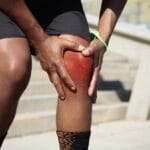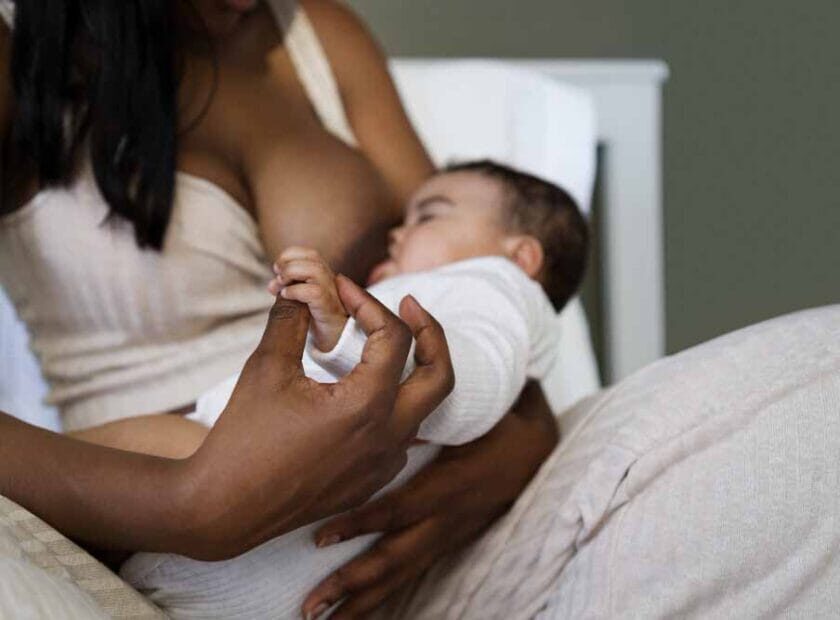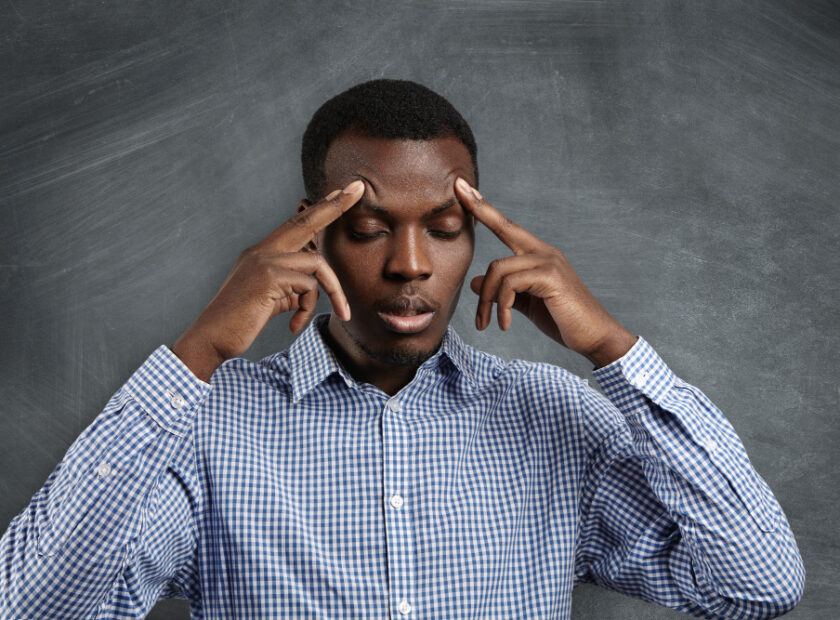Lower back pain is a common condition that affects people of all ages. It can range from mild discomfort to severe pain that interferes with daily activities. While most cases are not serious and improve with self-care, persistent or severe pain may require medical attention.
Causes of Lower Back Pain
- Muscle or Ligament Strain
- Lifting heavy objects improperly
- Sudden awkward movements
- Poor posture or prolonged sitting
- Structural Issues
- Herniated or slipped discs
- Degenerative disc disease
- Spinal stenosis (narrowing of the spinal canal)
- Scoliosis (abnormal curvature of the spine)
- Medical Conditions
- Arthritis (osteoarthritis or rheumatoid arthritis)
- Kidney infections or stones
- Endometriosis (in women)
- Infections (spinal infections, tuberculosis)
- Cancer (rare but possible if spreading to the spine)
- Lifestyle Factors
- Lack of physical activity
- Obesity
- Stress or anxiety
- Smoking (reduces blood flow to the spine)
Symptoms of Lower Back Pain
- Dull, aching, or sharp pain in the lower back
- Stiffness and reduced mobility
- Pain that worsens with bending, lifting, or standing
- Pain radiating to the buttocks, thighs, or legs (sciatica)
- Numbness, tingling, or weakness in the legs (may indicate nerve involvement)
When to Seek Medical Help Immediately
Seek emergency care if you experience:
- Severe weakness, numbness, or tingling in the legs
- Loss of bladder or bowel control
- Severe abdominal pain with back pain
- High fever or unexplained weight loss
- History of cancer, trauma, or recent infection with new back pain
These could be signs of a serious condition like spinal cord compression, infection, or aortic aneurysm.
Diagnosis of Lower Back Pain
- Physical examination to assess pain, reflexes, and range of motion
- Imaging tests (X-ray, MRI, or CT scan) if serious conditions are suspected
- Blood tests to rule out infection or inflammation
- Nerve tests (if nerve damage is suspected)
Treatment for Lower Back Pain
- Self-Care for Mild to Moderate Pain
- Rest briefly, but avoid prolonged bed rest
- Apply ice for the first 48 hours, then heat therapy
- Over-the-counter pain relievers (paracetamol, ibuprofen)
- Gentle stretching exercises and walking
- Improve posture while sitting and standing
- Medical Treatments
- Physical therapy to strengthen back and core muscles
- Prescription medications (muscle relaxants, stronger pain relievers)
- Injections (steroid injections for inflammation)
- Surgery (rarely needed, only for severe cases like herniated discs or spinal stenosis)
Preventing Lower Back Pain
- Maintain a healthy weight
- Exercise regularly, focusing on core strength
- Lift properly: Bend your knees, not your back
- Avoid prolonged sitting; take breaks to move around
- Use ergonomic chairs and good posture at work
Key Takeaways
- Lower back pain is common and often resolves with self-care.
- Seek medical help for severe, persistent, or unusual symptoms.
- Exercise, posture, and healthy habits help prevent future episodes.
- Early intervention can prevent chronic back pain.
If your back pain persists or worsens, consult a healthcare provider for proper evaluation and treatment.




